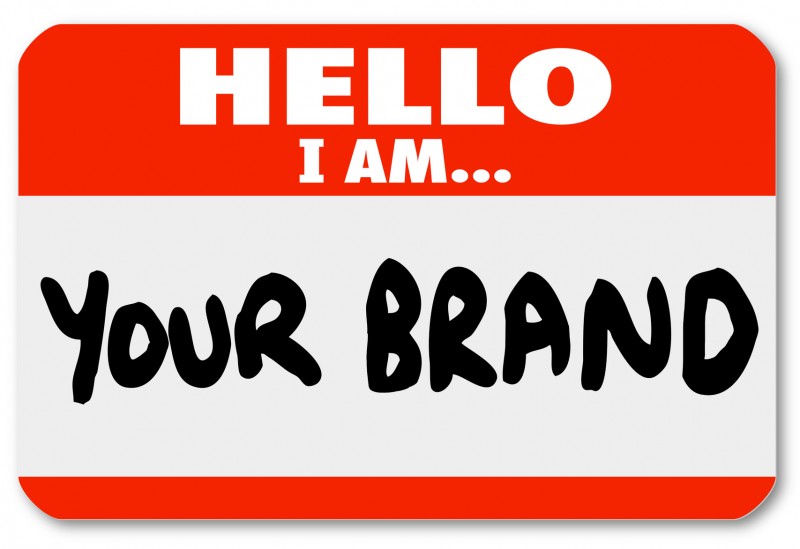Brand awareness can be a particularly hard nut to crack. Everything from identifying your message to disseminating your message to tracking the success of your message presents its own set of challenges. While identifying and disseminating your message are important, we would argue that the third part—tracking your message—is the most challenging part and the part that most often holds organizations back from brand awareness success.
Why? The bottom line for most, if not all, brands is revenue. If you can’t track your efforts, you can’t prove that they’re contributing to the bottom line, which means there’s a low chance that you’re going to get the budget necessary for ongoing campaigns. Not to mention, you’re not going to have any kind of analysis to optimize for future campaigns.
So how to solve the problem? Based on our experience helping customers solve this problem, we have some recommendations for metrics to track and reasons why they matter:
1. Traffic
What it means: This refers to measuring the overall impact that your campaign has on traffic to your website. This includes direct traffic and net-new traffic (the number of new people who come to your site in a given period).
Why it matters: If the number of people coming to your website increases, then, theoretically, more people are aware of your brand.
The drawbacks: By just tracking the increases and decreases in direct traffic, you’re unable to track exactly what is contributing to the trends. You won’t know if the increase is due to a great article in a trade publication or the video ads you’re running.
2. Branded Search Volume
What it means: Have you ever just searched for the company you’re looking for online instead of typing in the URL directly? You’re not alone. Tracking how many people come to your website from organic branded search terms is an effective way to measure how many people are aware of your brand or product.
Why it matters: People couldn’t search for your brand name if they’re not aware of it, right? The theory is that if more people are searching directly for your brand or product, then more people are aware of your brand or product.
The drawbacks: Although it’s helpful to track your branded search volume, it’s still an incomplete picture of brand awareness. It’s important to include this in your overall assessment alongside other metrics from social media and your website.
3. Mentions
What it means: This refers to mentions of your brand, product, or services in the news, on social media, and in industry publications. If you want to take it one step further, you can track the sentiment of these mentions to see if what people are saying is positive, negative, or neutral. If this all sounds overwhelming, don’t worry—there are tools that help you aggregate and track all of this. Even a simple Google Alert will work to get you started.
Why it matters: The point of brand awareness is to get people talking about your brand and tracking what and how often people are talking about you certainly gets right to the heart of that. This is an integral part of tracking any brand awareness efforts and can give everyone in your organization vital information about future products, support and, of course, marketing campaigns.
The drawbacks: While getting a good idea of how often your brand is mentioned and what people are saying is an important part of telling the full story of your campaign performance, it doesn’t show how (or if) your campaigns are leading to your desired outcomes. It’s one-stop on the road, though not the final destination.
4. Overall revenue/leads increase
What it is: This includes any high-level metrics that your organization uses to determine success. As marketers, we’re often asked to influence one or many of these with a variety of different tactics.
Why it matters: Having an idea of what’s going on with your organization at a high-level is important to help you create the right kind of campaigns and to allow you to communicate effectively with everyone from finance, operations, product, and more. If everyone is on the same page about which metrics are important, it’s easier to create a clear picture of what everyone needs to do.
The drawbacks: Like overall site traffic, this creates a fairly muddy picture of what’s working and how you can do better. Though this metric is critical to track, don’t stop there. Continue to drill deeper into metrics that provide a more specific picture.
5. Social Media Engagement
What it is: One step further from tracking what and how often people are talking about your brand, you can keep track of metrics on social media like likes, comments, shares, retweets, video views and more.
Why it matters: Depending on your industry, word-of-mouth can drive up to 29% of your conversions. Social media is a key place for marketers to monitor and even start those conversations. The above metrics and others allow you to get a basic idea of how people are engaging with your brand online and how often your brand is part of the conversation. If your recent video is shared far and wide, there’s a good chance that it’s resonating with your audience.
The drawbacks: While social media engagement can give you a good idea of if your campaign is resonating with the right people, it fails to show you if people are following through on their interest in your products and services.
6. Video Metrics
What it is: Video is a big part of many brand awareness campaigns and video ad spending is only expected to increase. Metrics might include how much of your video is viewed, how often it is shared, comments, and click-throughs.
Why it matters: Video is a powerful medium that helps keep your message at the top of your audience’s mind. It’s important to create your campaigns with video in mind and to create your videos with the metrics you’ll track in mind.
The drawbacks: Video is just one part of your campaign, so placing too much emphasis on these metrics can give you a myopic view of your campaign success.
7. Full-funnel attribution
What it is: Brand awareness efforts sit squarely at the top of your sales funnel. Tracking your customer’s entire journey and the steps they take along the way gives you a good idea of what’s contributing to your success, even if it’s not providing immediate conversions.
Why it matters: We hope by now it’s clear where we stand on getting a start-to-finish picture of your customer journey (hint: we’re all for it). That’s why our platform gives you insights beyond just the conversions that a campaign is generating and into the campaigns and assets that assist with conversions—a view that’s vital to your brand awareness efforts.
The drawbacks: It can be daunting for businesses to commit to a full-funnel attribution model. It requires taking a step back from only measuring the success of your campaigns by direct conversions, which requires buy-in from all levels of the organization.
There’s a common misperception that brand awareness is a “soft” campaign goal and can’t be measured as easily or fully as campaigns built to inspire purchases immediately. We don’t agree—and we’re here to help you make your brand awareness goals a reality from cross-channel placement to attribution and beyond.
______
by Megan Pratt
Source: adroll.com


